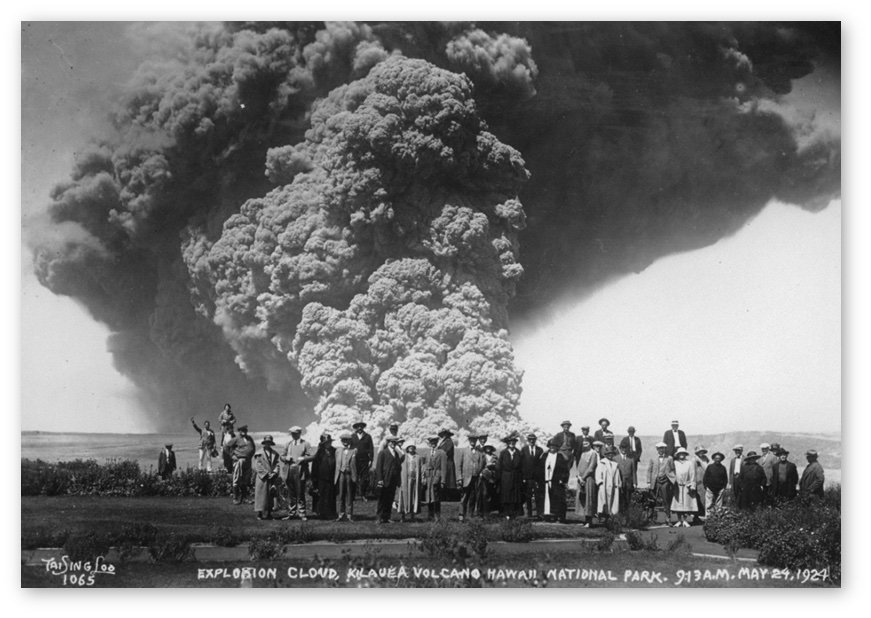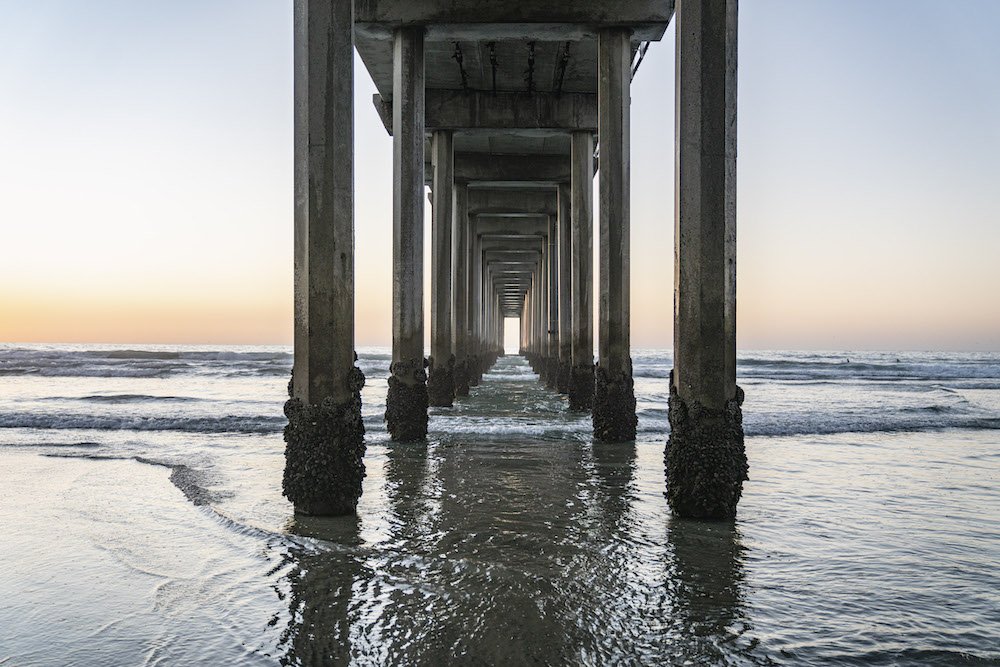In May 1924, the Big Island of Hawaiʻi witnessed a series of unprecedented volcanic eruptions that shook the region and left a lasting impact on the landscape. Over the course of sixteen days, Kīlauea, one of the world's most active volcanoes, unleashed more than 50 explosive events that reverberated across the island chain.
The eruptions originated from Halemaʻumaʻu, a crater within the larger Kīlauea caldera, and sent volcanic ash raining down from South Hilo to South Kona. The sheer force of the explosions propelled rocks weighing up to 12 tons, creating a spectacle of destruction as they crashed to the ground in the caldera.
Accompanying the explosions were intense electrical storms and torrential rain, adding to the chaos and spectacle of nature's fury. The summit of Kīlauea was repeatedly shaken by earthquakes, further highlighting the volatile nature of the volcanic activity.
Don Swanson, a geologist emeritus at the US Geological Survey's Hawaiian Volcano Observatory (USGS HVO), and Ben Gaddis, a volunteer at USGS HVO, offer insights into the events leading up to this eventful month a century ago. They delve into the geological processes that culminated in such explosive eruptions, shedding light on the forces at play beneath the Earth's surface.
One intriguing aspect of the 1924 eruptions is the speculation surrounding why similar explosive events did not occur during the partial collapse of the caldera in 2018. This comparison between historical eruptions and more recent volcanic activity prompts questions about the evolving nature of Kīlauea and how it responds to geological stressors over time.
This historical recap of the 1924 eruptions is part of Hawai‘i Volcanoes National Park's ongoing "After Dark in the Park" programs, co-sponsored by the Friends of Hawaiʻi Volcanoes National Park. The event is free to attend, although regular park entrance fees apply.
For those interested in delving into the fascinating history of Kīlauea and understanding the dynamics of volcanic activity, mark your calendars for Tuesday, May 14 at 7 p.m. The event will take place at the Kīlauea Visitor Center auditorium, providing a unique opportunity to learn from experts and explore the geological wonders of Hawaiʻi's volcanic landscapes.
As we reflect on the tumultuous events of May 1924, we are reminded of the awe-inspiring power of nature and the ongoing efforts to study and understand volcanic activity for the benefit of science and society.





